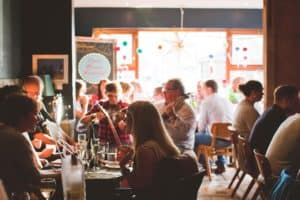The Gaelic Athletic Association (GAA): History, Significance, and 4 Great Traditional Games
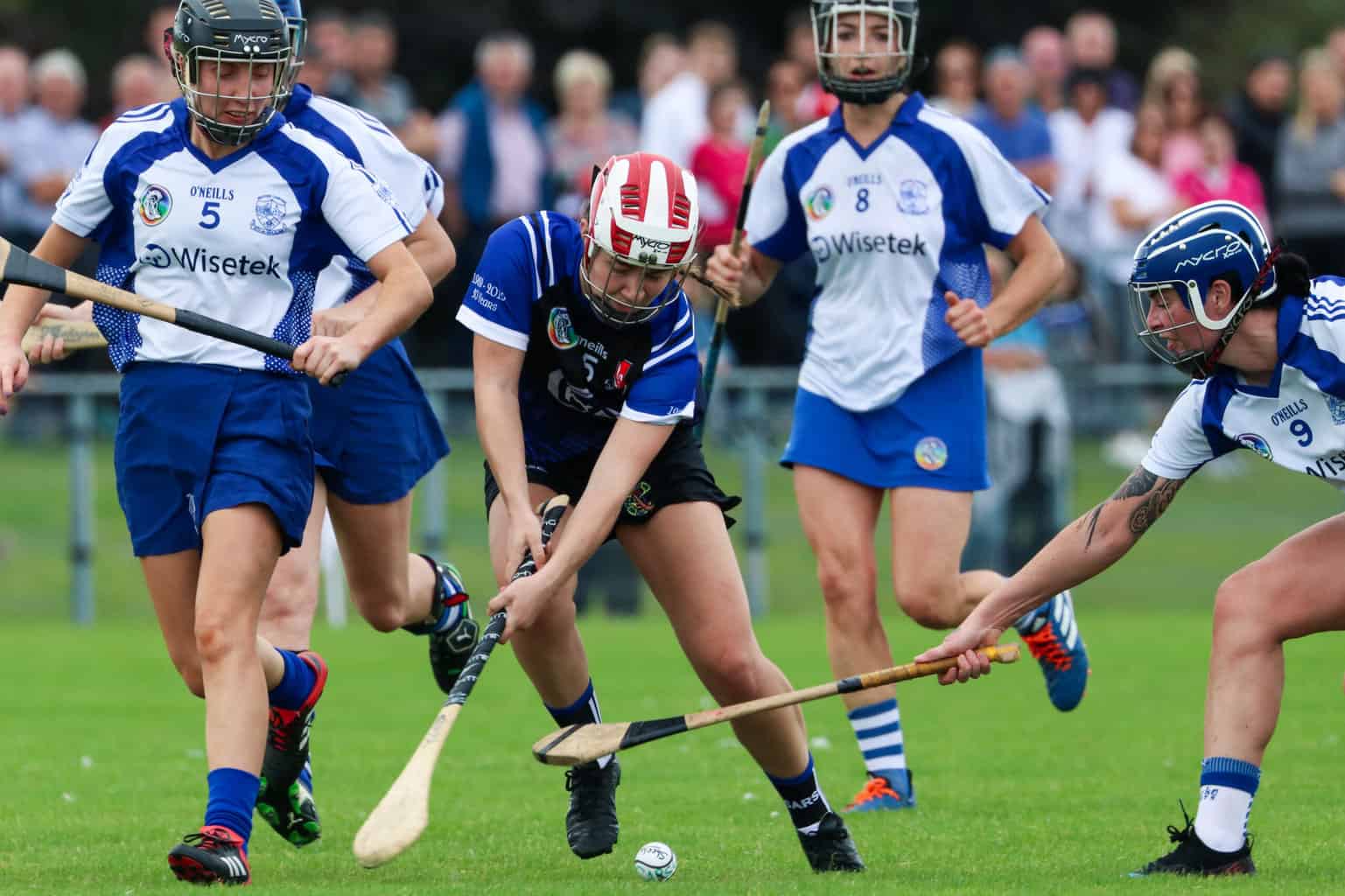
Updated On: November 09, 2023 by Courtney Augello
In the heart of Ireland’s cultural landscape, a unique and enduring institution stands as a testament to the power of sports, tradition, and community. The Gaelic Athletic Association, founded in 1884, embodies the essence of Irish identity and heritage through its commitment to preserving and promoting traditional Irish games.
Much more than a sports organisation, the GAA is a guardian of Ireland’s past, a beacon of unity, and a driving force in shaping the nation’s future. From the ancient fields of hurling to the modern arenas of Gaelic football, the GAA’s legacy transcends mere athleticism, weaving together a tapestry of history, values, and social connections.
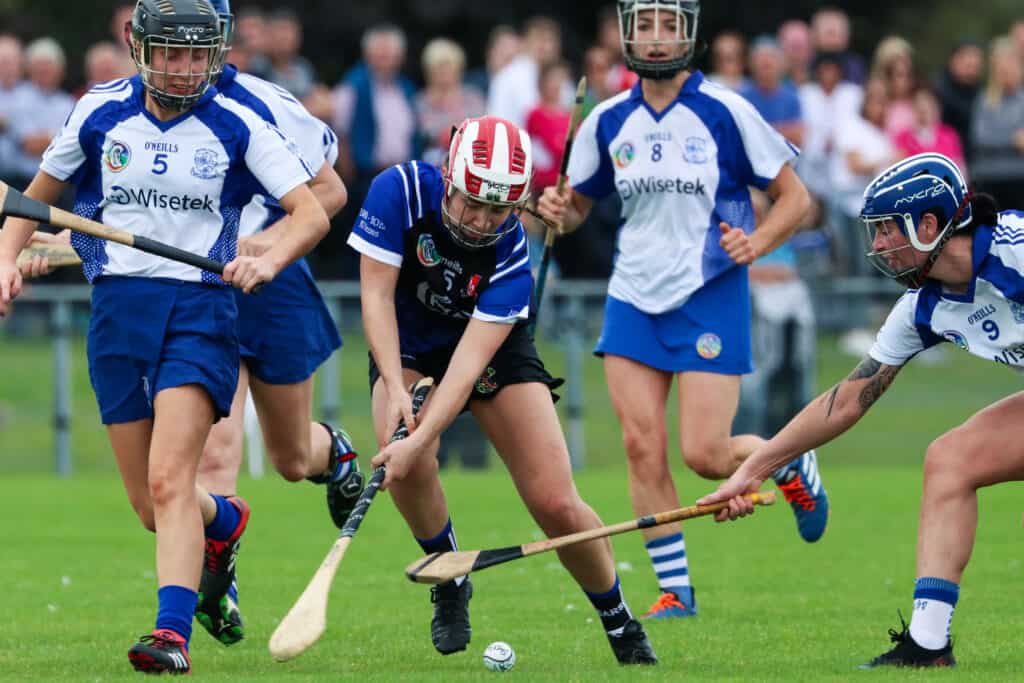
To help you fully understand the multifaceted significance of the GAA, we’ve explored its historical roots, role in preserving Irish culture, impact on local communities, and potential influence on the global stage.
Table of Contents
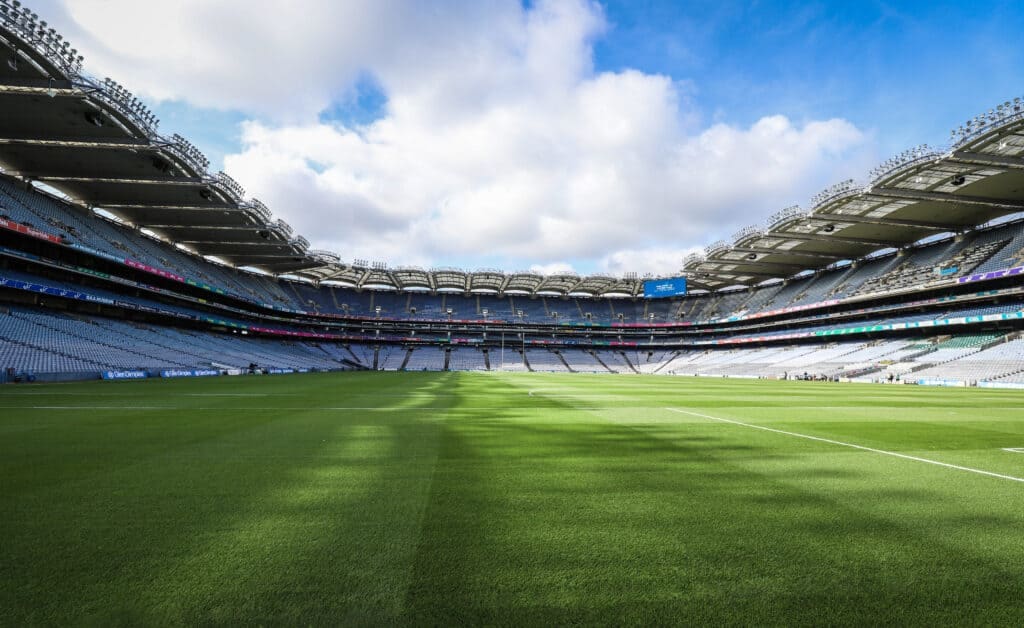
What is the GAA?
Definition and Founding Principles
The Gaelic Athletic Association is an integral institution that epitomises Ireland’s rich cultural heritage and community spirit. Founded in 1884, the GAA is a volunteer-driven organisation dedicated to promoting and preserving traditional Irish sports and cultural practices.
At its core, the GAA encapsulates the enduring values of community, inclusivity, and national pride. It was born out of a collective desire to safeguard Irish identity during a period of profound cultural and political change, asserting the importance of maintaining native traditions in the face of external influences.
Mission and Objectives
The GAA’s mission is to foster the growth, development, and appreciation of Irish sports and culture among people of all ages and backgrounds. Its objectives extend beyond the realm of athletic competition, embracing a broader commitment to preserving Ireland’s distinctive heritage.
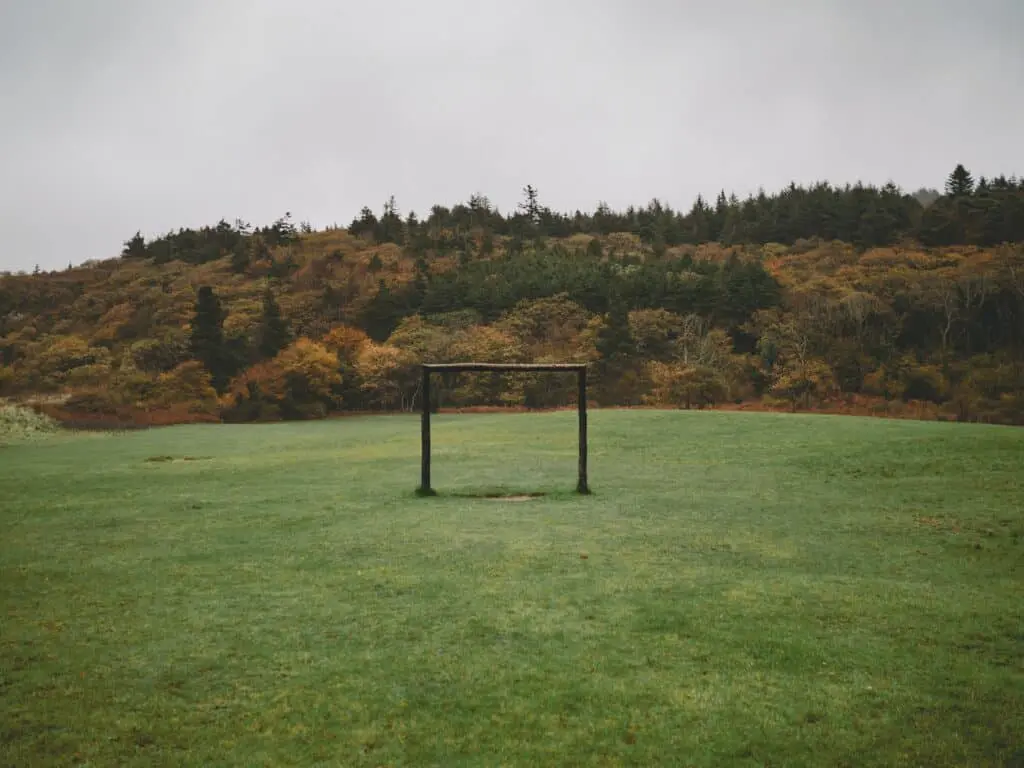
The GAA serves as a custodian of traditional Irish games, ensuring that they endure through generations and remain a vital aspect of the nation’s cultural fabric. By providing opportunities for individuals to engage in these sports, the GAA helps cultivate a sense of identity, pride, and belonging.
In addition to sporting endeavours, the GAA promotes the Irish language, music, dance, and other cultural forms. This multifaceted approach underscores the organisation’s holistic commitment to Irish identity.
By celebrating both physical and cultural aspects of Irish heritage, the GAA fosters an environment where people can engage with their roots in meaningful and tangible ways.
The GAA’s Structure and Organisation
The GAA operates as a decentralised network of clubs, county boards, provincial councils, and a central governing body. At its base are local clubs, serving as hubs for community engagement and sports participation.
County boards oversee the activities of clubs within their respective counties, managing competitions, development initiatives, and administrative matters. Provincial councils oversee a group of counties, coordinating regional tournaments and fostering collaboration among neighbouring counties.
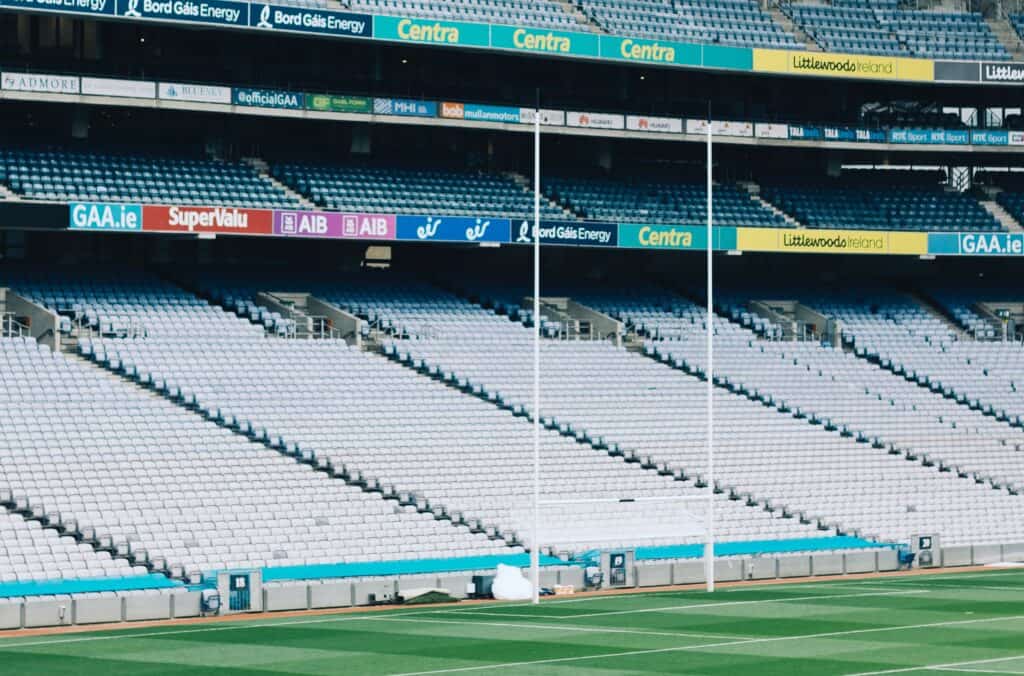
The GAA’s central governing body, the Gaelic Athletic Association’s Ard Chomhairle (Central Council), provides overall leadership and strategic direction. It sets the rules and regulations governing Gaelic games, ensures adherence to the association’s founding principles, and manages major national competitions.
This structure allows the GAA to effectively balance its commitment to local communities with the need for centralised governance. It facilitates grassroots engagement while also enabling strategic decision-making at a broader level. This structure ensures that the GAA remains connected to its founding principles while adapting to evolving needs.
History of the GAA
Formation and Early Years (1884-1900)
The Gaelic Athletic Association emerged in the late 19th century as a response to the erosion of Irish culture and traditions under British colonial rule. The influences and motivations behind its establishment were deeply rooted in the desire to revive and celebrate Ireland’s distinctive identity through its native sports and pastimes.
This period marked a rekindling of national pride and a rejection of the British influence that had suppressed Irish customs. The founding of the GAA was a deliberate effort to foster a sense of unity among the Irish people by reviving and promoting traditional games.
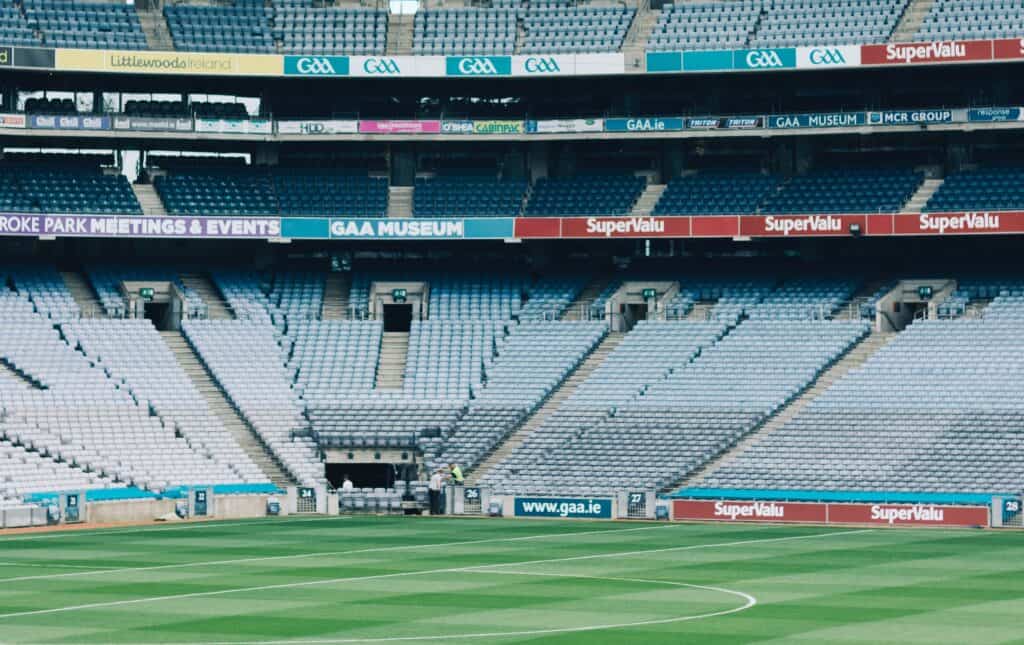
These games held cultural and historical significance, serving as a reminder of a shared heritage that transcended political divisions.
Growth and Challenges (1900-1950)
In the early 20th century, the GAA experienced significant growth in terms of its membership and influence within Irish society. The association’s reach expanded beyond its initial focus on sports, evolving into a cultural institution that organised events and gatherings to celebrate Ireland’s identity.
However, the GAA also faced periods of adversity during this time, notably the imposition of bans and restrictions by external forces. In the early 20th century, the British administration sought to suppress the GAA’s activities due to their perceived nationalistic implications.
This led to the infamous “Ban on Foreign Games,” which prohibited GAA members from participating in or attending foreign sports and games. The ban aimed to weaken the GAA’s influence and divert attention from its cultural significance.
Despite these challenges, the GAA’s resilience was evident as it continued to operate clandestinely, preserving Irish traditions in the face of external pressures.
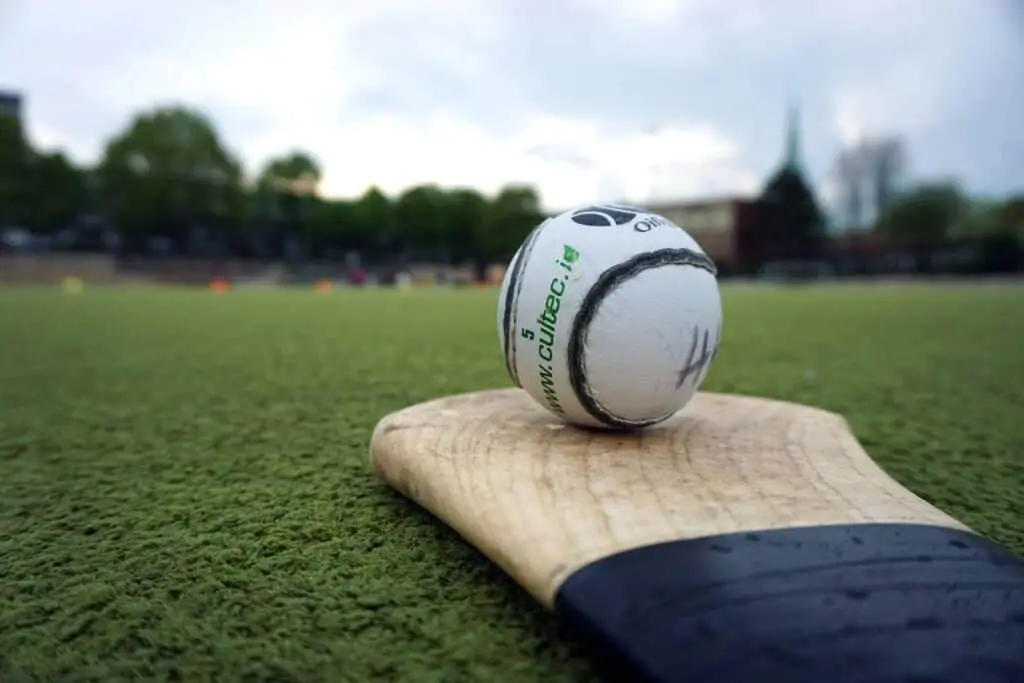
Modern Era and Global Outreach (1950-present)
The latter half of the 20th century witnessed the GAA’s role evolving within Irish society. The association became a vital aspect of local communities, providing sporting opportunities and fostering social connections and shared experiences.
The All-Ireland Championships grew in popularity, attracting massive crowds and infusing a palpable sense of excitement into towns and villages across the country.
Additionally, the GAA’s influence extended beyond Irish shores during this period. The association embarked on a journey of international promotion, introducing Gaelic sports and culture to a global audience. Irish expatriate communities played a crucial role in spreading the love for these traditional games abroad.
Gaelic football and hurling were showcased in various countries, contributing to a broader understanding of Ireland’s heritage and identity. The GAA’s efforts also contributed to the establishment of clubs and competitions in far-flung locations, further solidifying its international footprint.
The GAA’s history is a testament to the power of sports and culture in uniting a nation. From its humble beginnings in the late 19th century, it has grown into a vibrant institution that preserves traditional games, strengthens communities, and celebrates Irish identity.
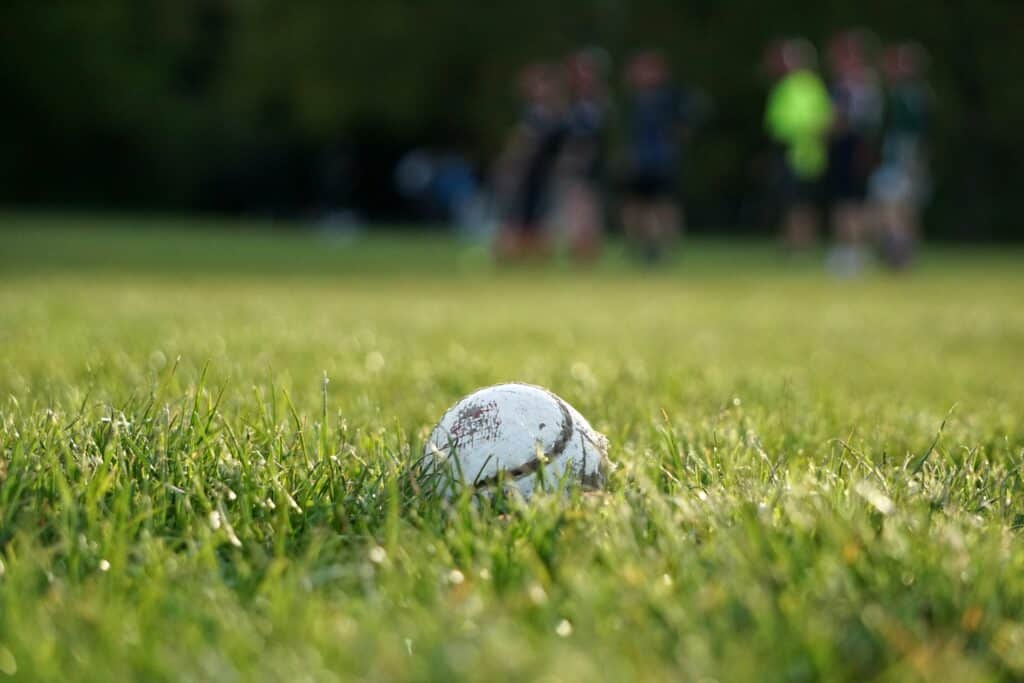
The GAA in Northern Ireland
In the dynamic and complex landscape of Northern Ireland, the Gaelic Athletic Association assumes a unique and profound significance. The GAA’s presence in this region is far more than a reflection of its sporting essence; it symbolises a bridge connecting diverse communities, fostering a sense of identity, peace, and understanding.
The GAA serves as a beacon of inclusivity and unity in a land historically marked by sectarian divides and political tensions. It provides a platform where individuals from various religious, social, and cultural backgrounds can come together in the spirit of sportsmanship and camaraderie
The GAA’s significance extends beyond the realm of sport, encapsulating a broader cultural identity. By preserving and promoting traditional Irish games in a region where identities are often complex and multifaceted, the GAA reinforces a sense of heritage that reaches beyond political allegiances.
Its activities and events not only showcase athletes’ physical prowess but also serve as reminders of a shared past and shared values, grounding individuals in a cultural legacy that predates contemporary divisions.
Moreover, the GAA’s outreach initiatives in Northern Ireland emphasise the promotion of cross-community engagement. By fostering interaction and camaraderie between individuals who might otherwise remain isolated due to societal barriers, the GAA nurtures the seeds of a more harmonious future.
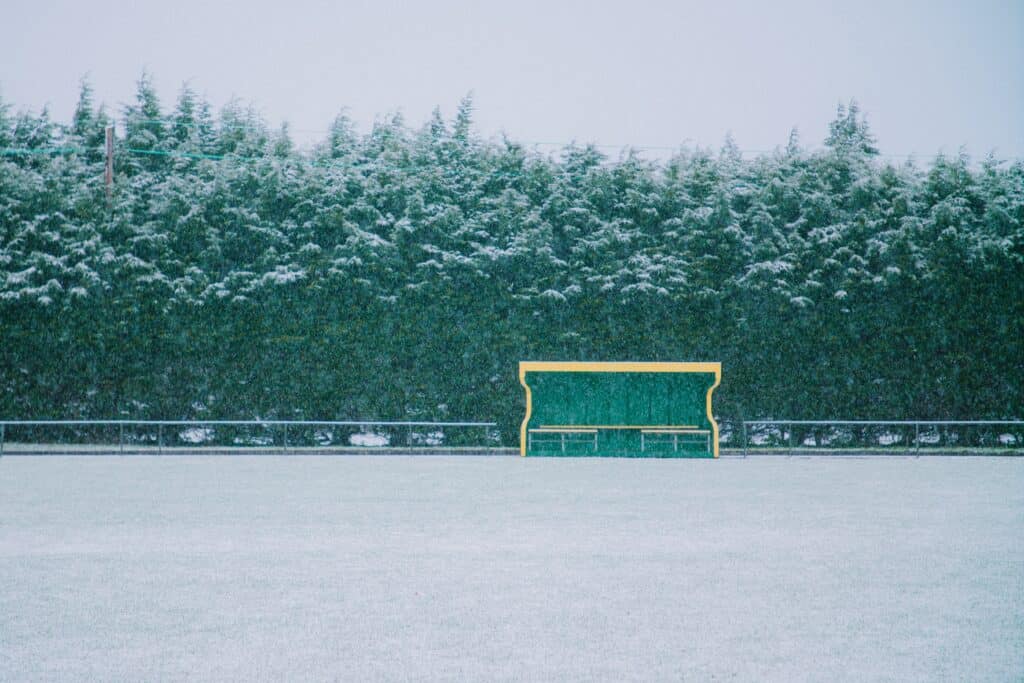
The Four Traditional Irish Games
Hurling: The Ancient Warrior’s Game
Hurling, often referred to as the “fastest game on grass,” holds a hallowed place in Irish history and culture. With origins dating back over 3,000 years, it is a sport deeply embedded in the national consciousness.
Historically, hurling was more than just a game; it was a reflection of the warrior spirit of ancient Ireland. It was used to prepare warriors for battle, emphasising strength, agility, and strategic thinking. Today, hurling retains its significance, albeit in a more recreational and competitive context.
Hurling is played with a small ball, called a sliotar, and a curved wooden stick known as a hurley. Teams of 15 players compete to score points by striking the sliotar between the opposing team’s goalposts.
A goal is scored by getting the sliotar into the net beneath the crossbar. The fast-paced nature of the game, coupled with the skill required to control the ball, makes hurling a captivating spectacle.
Beyond its athletic allure, hurling remains deeply intertwined with Irish culture and identity. It serves as a link to the country’s ancient past, a nod to the values of courage, community, and competition that have endured through the ages.
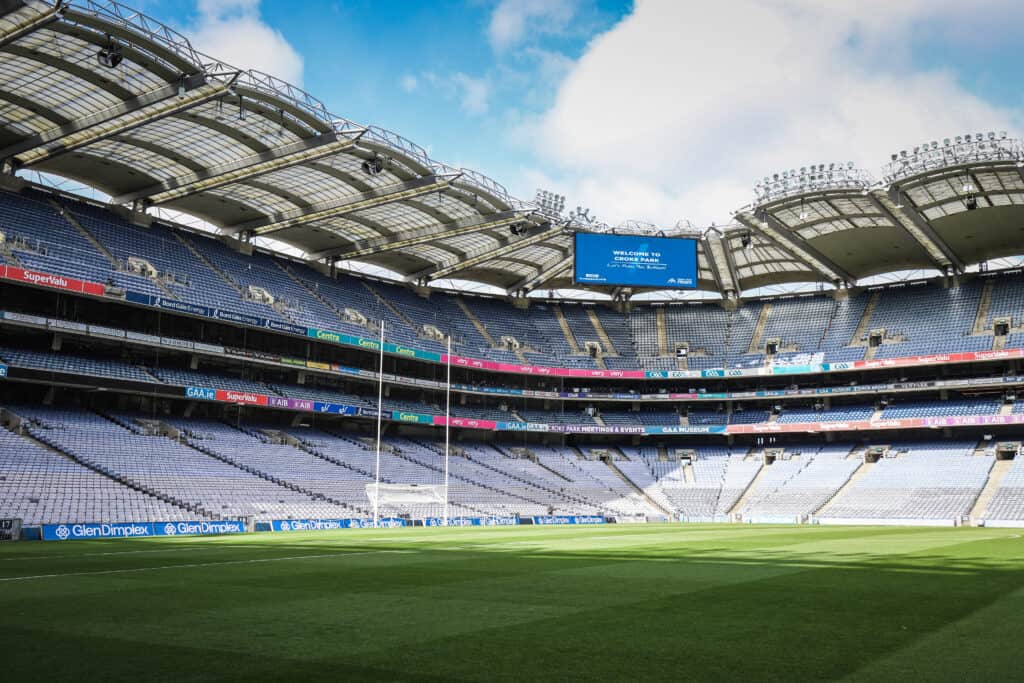
Hurling matches draw fervent crowds, showcasing the enduring popularity of this sport and its role in fostering a sense of pride and unity among the Irish people.
Gaelic Football: Bridging Heritage and Modernity
Gaelic football, a captivating fusion of soccer and rugby, epitomises the harmonious blend of Ireland’s heritage with modern sports. It emerged in the late 19th century as a way to incorporate a more team-based sport while still embracing the foundational principles of Gaelic athleticism.
Played with a round ball, Gaelic football requires players to pass, dribble, and kick the ball towards the opposing team’s goalposts. The objective is to score goals (3 points) by kicking the ball into the net or points (1 point) by sending it between the uprights over the crossbar.
Gaelic football goes beyond physical competition, serving as a social and communal activity that brings communities together. Local teams, often deeply tied to their respective regions, foster camaraderie and shared experiences. Matches become occasions for friendly rivalry, community celebrations, and connection to Ireland’s roots.
Camogie: Empowering Irish Women Athletes
Camogie, a sport exclusively played by women, holds a special place in the realm of Gaelic sports. Emerging in the late 19th century, it was developed as a counterpart to hurling, allowing women to participate in a traditional sport while embracing their unique strengths.
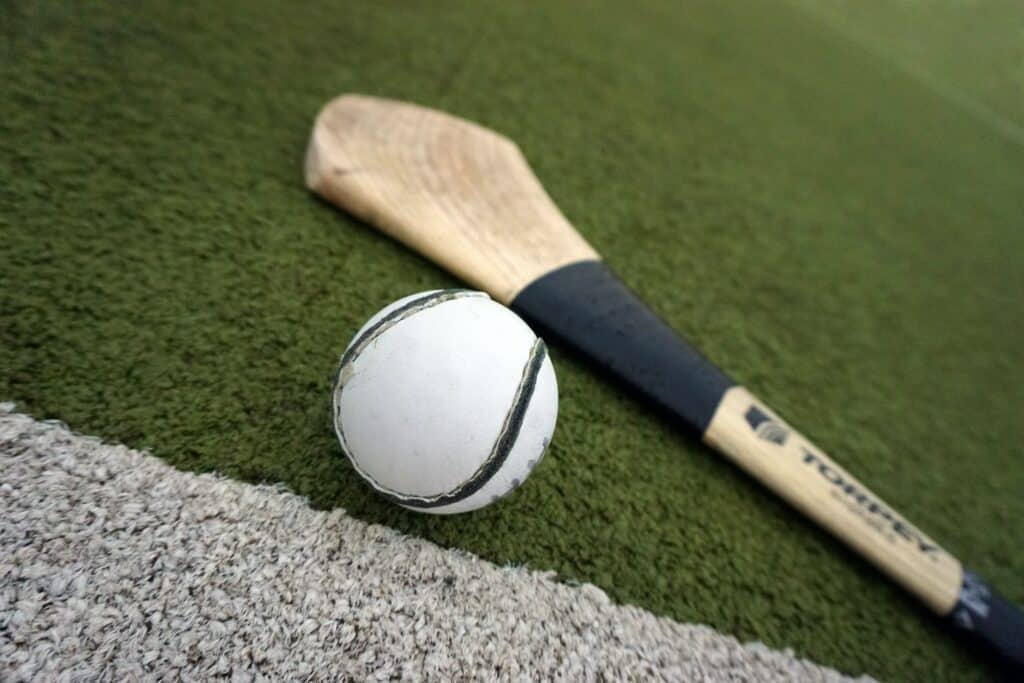
Camogie empowers Irish women athletes by providing them with a platform to showcase their athleticism, skill, and determination. It symbolises a departure from the historical limitations placed on women’s participation in sports. Camogie fosters a sense of agency and camaraderie for women and contributes to the preservation of Irish heritage.
Ladies’ Gaelic Football: A Flourishing Tradition
The emergence of ladies’ Gaelic football as a distinct sport in its own right has been a significant development within the GAA. Over time, it evolved from being a variant of the men’s game to establishing its unique identity. Played with the same basic rules as Gaelic football, ladies’ football showcases the prowess of female athletes.
The rules of ladies’ Gaelic football mirror those of the men’s game, with some adaptations to accommodate differences in physicality and skill levels. This inclusivity ensures that women can participate fully while still enjoying the spirit of the sport.
Ladies’ Gaelic football has become a vibrant tradition, with teams representing local communities and fostering the same sense of camaraderie and unity seen in other Gaelic sports.
The significance of ladies’ Gaelic football extends beyond the field. It serves as a reminder of the GAA’s commitment to inclusivity, gender equality, and cultural preservation. This sport is a testament to the evolving roles of women in Irish society and their essential contributions to maintaining and celebrating the country’s rich cultural heritage.
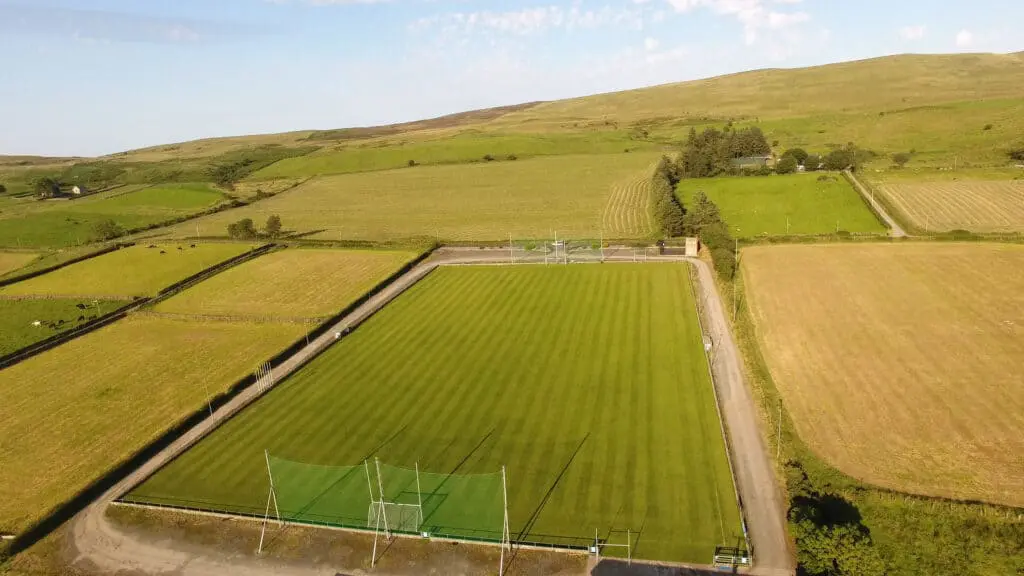
Cultural and Community Impact
Connection to Irish Heritage and Identity
The Gaelic Athletic Association (GAA) stands as a profound symbol of Irish cultural resilience, deeply rooted in the nation’s history and identity. It has played a pivotal role in safeguarding and promoting traditional Irish games, serving as a bulwark against the erosion of Irish culture during times of adversity.
The GAA’s commitment to maintaining these ancient sports, passed down through generations, reinforces the Irish people’s connection to their roots. This commitment is an emblem of defiance, reflecting the Irish spirit’s determination to preserve its cultural heritage in the face of external pressures.
The GAA’s dedication resonates with people across generations, imparting a sense of pride and unity that transcends geographic boundaries.
Furthermore, the GAA serves as a conduit for the transmission of traditions to younger generations. By engaging children and young adults in Gaelic sports, the association ensures the continuation of these age-old games.
Through participation and exposure to the values embedded in these sports, the younger generation gains a profound appreciation for their heritage, cultivating a strong sense of identity and belonging.
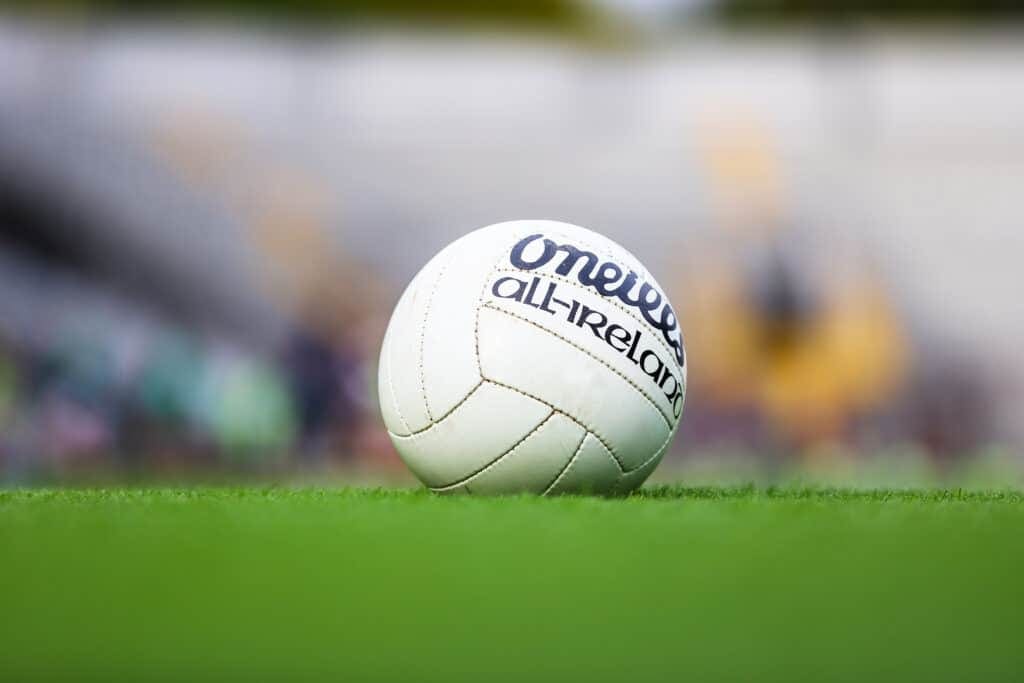
The GAA’s youth programs provide a structured and nurturing environment for learning not only the skills of the games but also the values of teamwork, discipline, and respect that are integral to Irish culture.
Local Communities and Social Bonding
GAA clubs serve as focal points for community cohesion, nurturing social bonds and fostering a sense of belonging. These clubs often function as gathering places where people from diverse backgrounds come together to share their passion for Gaelic sports.
The community-centric nature of the GAA encourages intergenerational interactions, strengthening the ties between older and younger members. These clubs are more than just sports organisations; they are pillars of local identity that celebrate the unique character of each community.
Sporting events organised by the GAA act as catalysts for social interaction and celebration. From the smallest villages to the bustling cities, Gaelic matches bring people together to cheer for their local teams, forging connections among neighbours and friends.
Match days become occasions of communal joy, marked by vibrant displays of team colours, flags, and boisterous chants. The atmosphere is electric, with the spirit of camaraderie extending far beyond the field. These events exemplify the GAA’s power to unite people, transcend differences, and promote harmony.
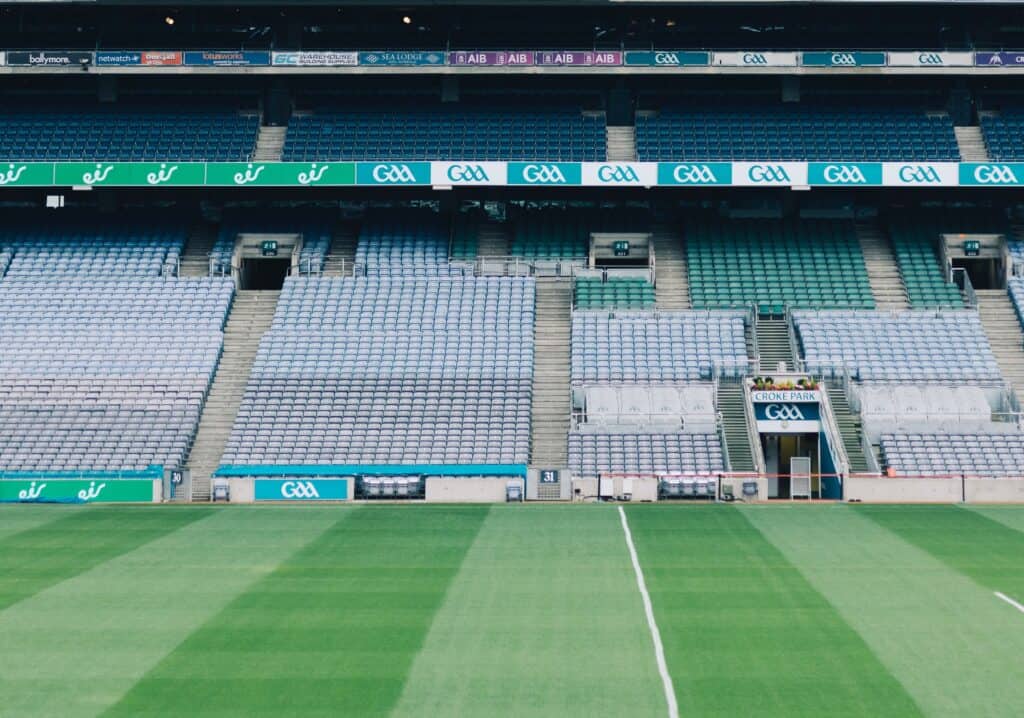
Economic and Tourism Impact
The GAA’s influence extends beyond the cultural and social spheres, significantly impacting local economies and promoting tourism. Major GAA events, such as the All-Ireland Championships, draw substantial crowds from both near and far.
The influx of attendees injects vitality into local economies, boosting businesses such as hotels, restaurants, and shops. This economic ripple effect can be particularly pronounced in rural areas, where these events infuse much-needed revenue and energy.
Moreover, Gaelic sports tournaments have become international attractions, drawing visitors from around the world. Tourists are intrigued by the opportunity to witness uniquely Irish games and experience the passion of the fans.
The GAA’s commitment to promoting these games on a global scale has led to the establishment of clubs and events in various countries. This international outreach fosters a global appreciation for Irish culture and encourages tourism by creating opportunities for tourists to engage in authentic cultural experiences.
The GAA’s cultural and community impact is multifaceted and far-reaching. It intertwines with Irish heritage, connecting generations and fostering unity. It forges tight-knit communities through local clubs and sporting events while simultaneously contributing to economic growth and tourism on a broader scale.
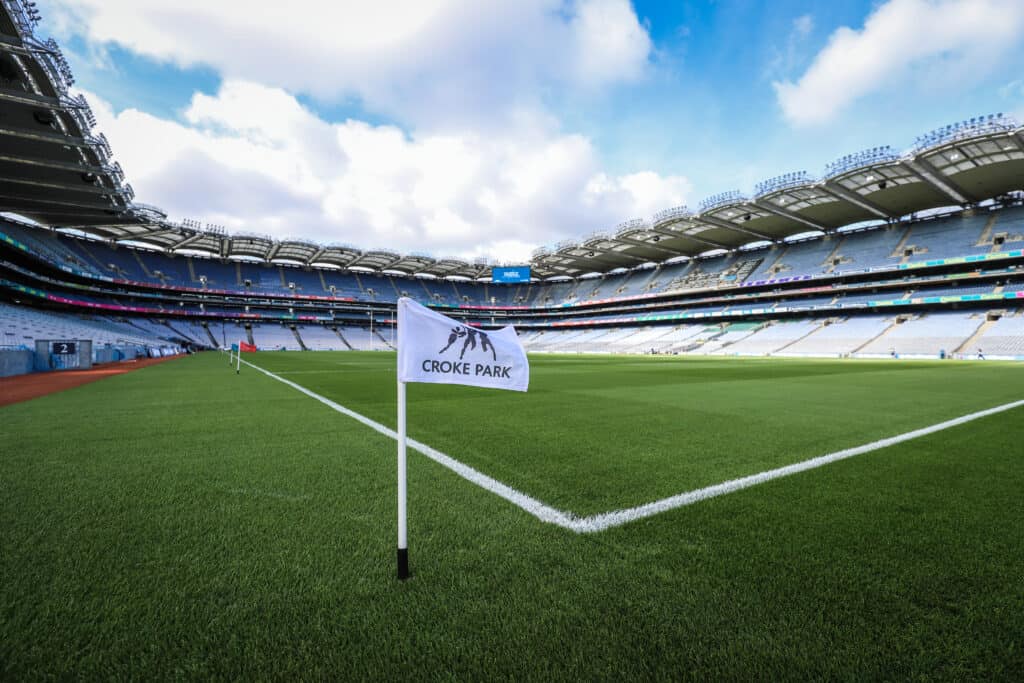
Challenges and Future Outlook
Modern Challenges Faced by the GAA
As the Gaelic Athletic Association (GAA) navigates the complexities of the modern world, it encounters a series of challenges that require careful consideration. One such challenge is the delicate balance between preserving cherished traditions and adapting to the evolving sports landscape.
While the GAA is committed to safeguarding its heritage, it must also recognise the changing expectations of players, spectators, and sponsors. Striking this balance ensures that traditional Irish games remain relevant and engaging in a contemporary context.
Commercialisation and globalisation present another challenge. The growing influence of commercial interests and the global reach of sports pose questions about maintaining the GAA’s authenticity and community-centric values.
The association must carefully manage partnerships and sponsorship agreements to ensure its core mission of preserving Irish culture remains paramount. Additionally, the globalisation of sports opens up opportunities for international exchange but also demands the GAA protect the essence of its games from being diluted by other sporting giants.
Innovations and Adaptations for the Future
To address these challenges, the GAA must embrace innovation and adapt to the changing landscape. Technological advancements offer powerful tools for promoting Gaelic sports and engaging audiences.
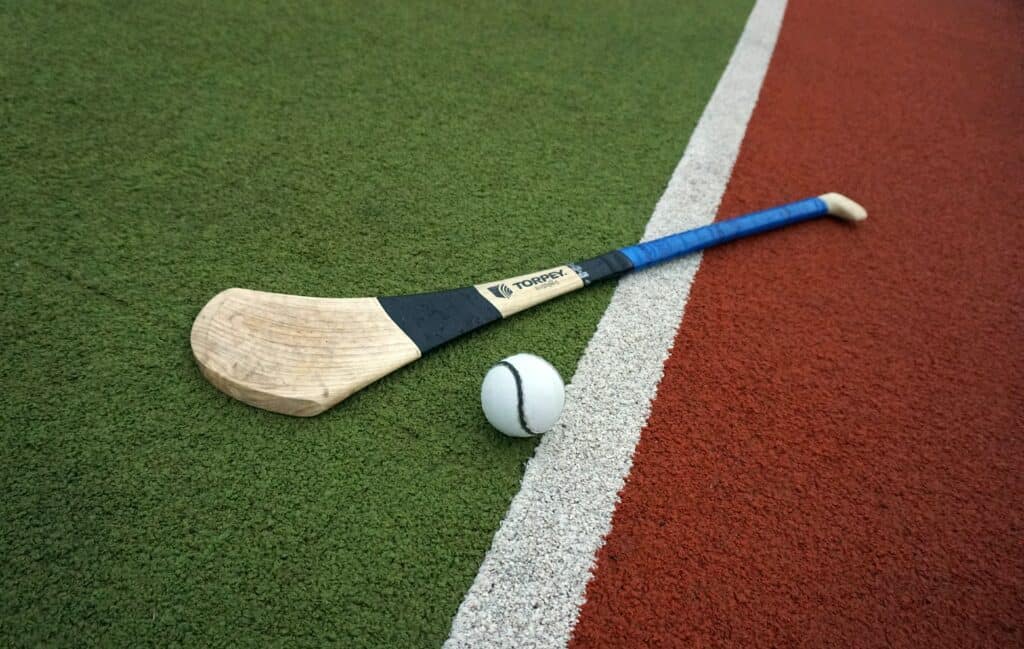
Live streaming, interactive apps, and virtual reality experiences can bring the excitement of matches to a global audience while enhancing the fan experience. Embracing digital platforms can provide resources to players, coaches, and enthusiasts, ensuring the continued growth and evolution of the games.
Expanding international awareness and participation is another vital strategy for the GAA’s future. While rooted in Ireland, the association has the potential to become a global cultural ambassador.
Targeted international events, exhibitions, and cultural exchanges can introduce Gaelic sports to new audiences, fostering an appreciation for the heritage and values they embody. The GAA can collaborate with other nations and organisations to showcase the unique appeal of its traditional games and inspire people worldwide.
The GAA’s challenges and future outlook are interconnected. By embracing innovation while safeguarding tradition, the association can find a harmonious balance that ensures the continued relevance and impact of Gaelic sports.
As it navigates the complexities of a changing world, the GAA has the opportunity to elevate its role as a cultural guardian, community builder, and global influencer, enriching both Irish society and the broader international community.
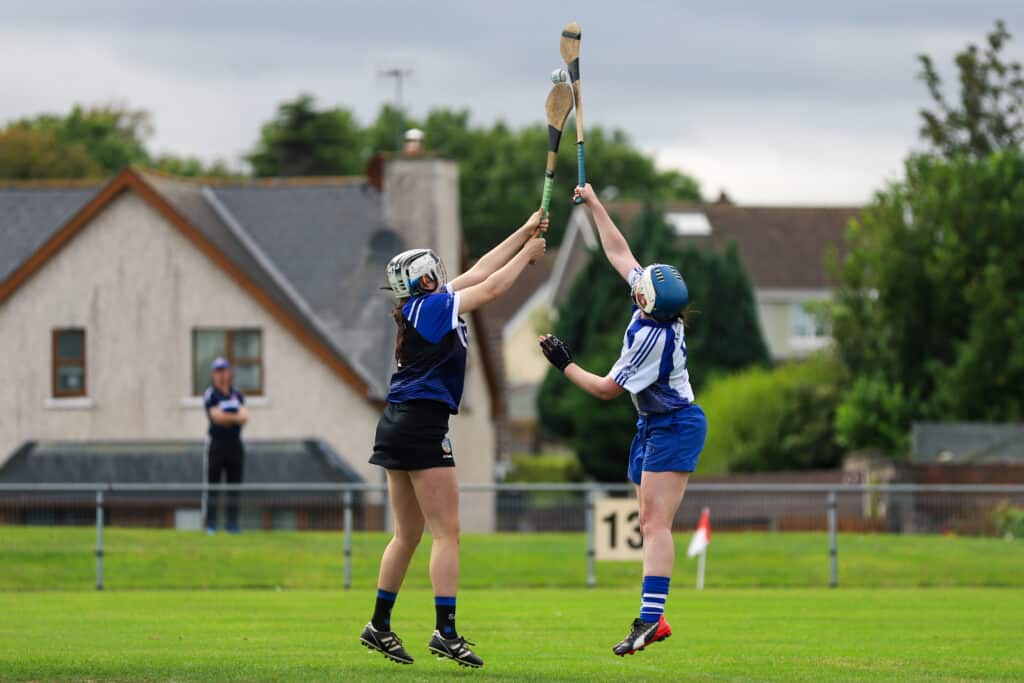
The GAA is a Symbol of Irish Culture & Lifestyles
The Gaelic Athletic Association (GAA) stands as a testament to the power of sports, culture, and community in shaping a nation’s identity and unity. For over a century, the GAA has woven itself into the fabric of Irish society, embodying the timeless values of tradition, resilience, and camaraderie.
The GAA’s unwavering commitment to preserving Irish culture is a beacon of cultural resilience. It serves as a living repository of traditional Irish games, ensuring that ancient sports and practices continue to thrive in the hearts and minds of the Irish people.
In its role as a guardian of culture, the GAA is equally a cultivator of community bonds. From local clubs to nationwide championships, the GAA fosters connections that extend well beyond the playing field.
The GAA remains a steadfast symbol of Irish identity, resilience, and unity in a world often characterised by change and uncertainty. It reminds us that the spirit of a nation is not merely defined by its past but is ever-present in the collective endeavours of its people.
As the GAA continues to uphold its legacy of cultural preservation and community building, it will undoubtedly shape the path forward, ensuring that Ireland’s vibrant heritage continues to thrive for generations to come.
If you’re interested in Irish sporting events, check out the Galway Races: Ireland’s Biggest Horse Racing Festival.






